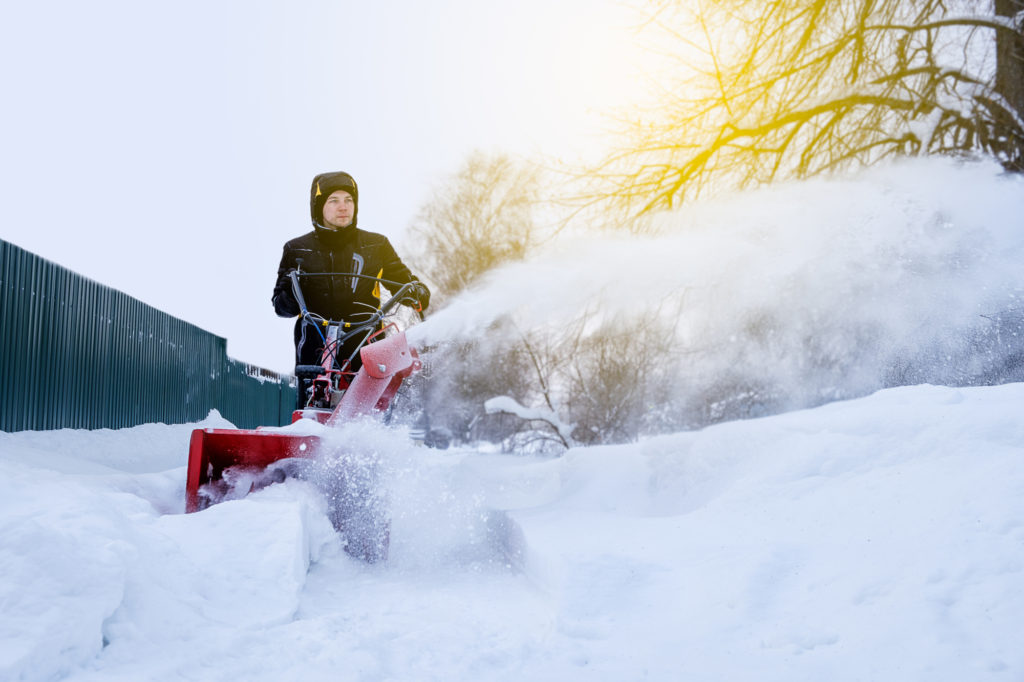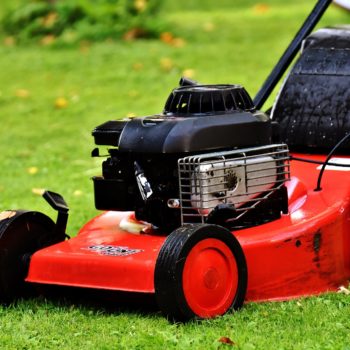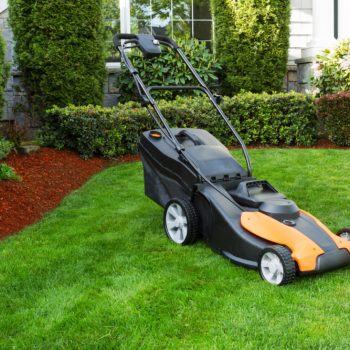
Snow Blower Tune-Up: How to Get Your Snow Blower Ready for Winter
The official first day of Winter is only a few days away. And, although it doesn’t look like snow will be in the forecast anytime soon, getting your snow blower ready now will mean it’s ready to go when snow does arrive and starts piling up. Taking care of this now also means that if your snow blower happens to not start and need more attention, you’ll have time to get it in for service and back before you need it.
Follow these steps to get your snow blower ready for Winter now and you’ll be set to clean those snow-covered driveways and sidewalks.
Check and Change the Oil
Any piece of power equipment that has been sitting around unused for the better part of a year should have the oil checked. Even though you use a snow blower far less, the oil still needs to be checked and changed regularly–just like your car.
Most models should have an oil cap right on top of the engine with a dipstick built in. Unscrew the cap and take a look at the oil. If it’s a dark black color or looks a little low, it’s time for a change. Check your owner’s manual for the location of the oil drain plug and the type and quantity of new oil needed.
Take a Look at the Tires
They may not see many miles, but a low tire or one that has dry rotted after months of sitting in your garage can put a real damper on your morning snow cleanup. Before you use your snow blower for the first time this season, carefully inspect all the tires. Then check the air pressure and fill to the manufacturer’s specifications.
Give Your Snow Blower a Once-Over
As important as oil and tires are, your snowblower has many other moving parts as well that are subject to a great deal of wear and tear. Before you crank your snow blower up for the first time this season, look the whole unit over thoroughly. Start with the controls and work your way down, looking for signs of damage or built up debris. Anything that seems like it may affect function should be inspected more closely and repaired if needed. Damaged parts could not only affect function but could also be dangerous for the user.
Fill It Up
The last step you’ll need to take before clearing the first driveway of the season is to fill the gas tank with fresh fuel. Believe it or not, gasoline does have a shelf life. If stored properly, gas will last for about six months at most.
While gasoline can often be used after the six-month point, your equipment may not function normally and could be damaged by the older fuel. If there’s still gas in your blower, drain the tank and add some fresh fuel.
Your Turn
Once your snow blower has been thoroughly checked over and filled with fresh fluids, it should be ready for another season of work.
If your snow blower could use a little extra attention before you crank it up this season or it won’t start, contact our service department for help.



